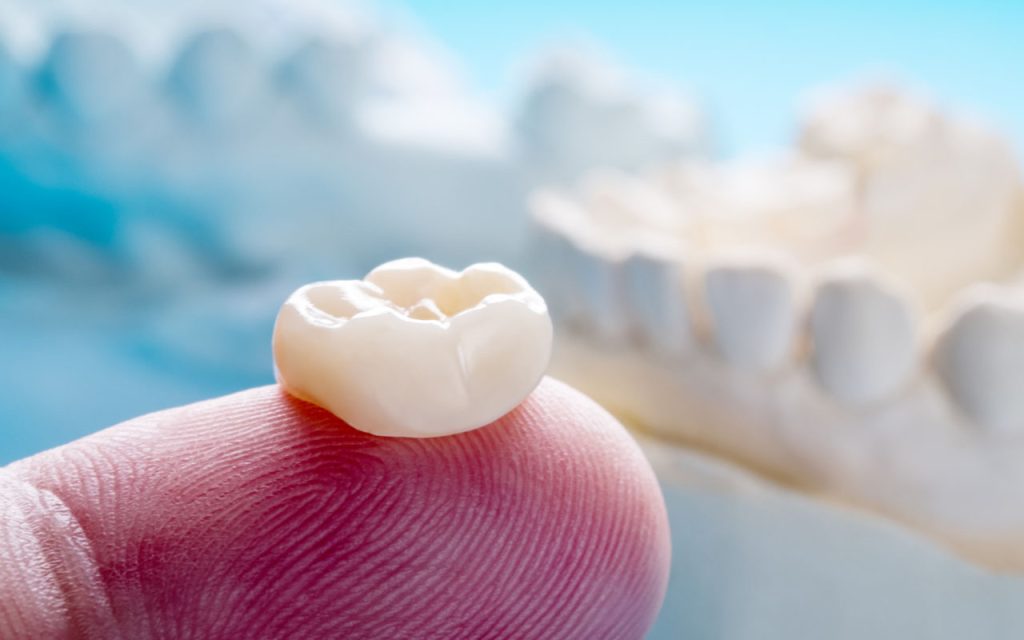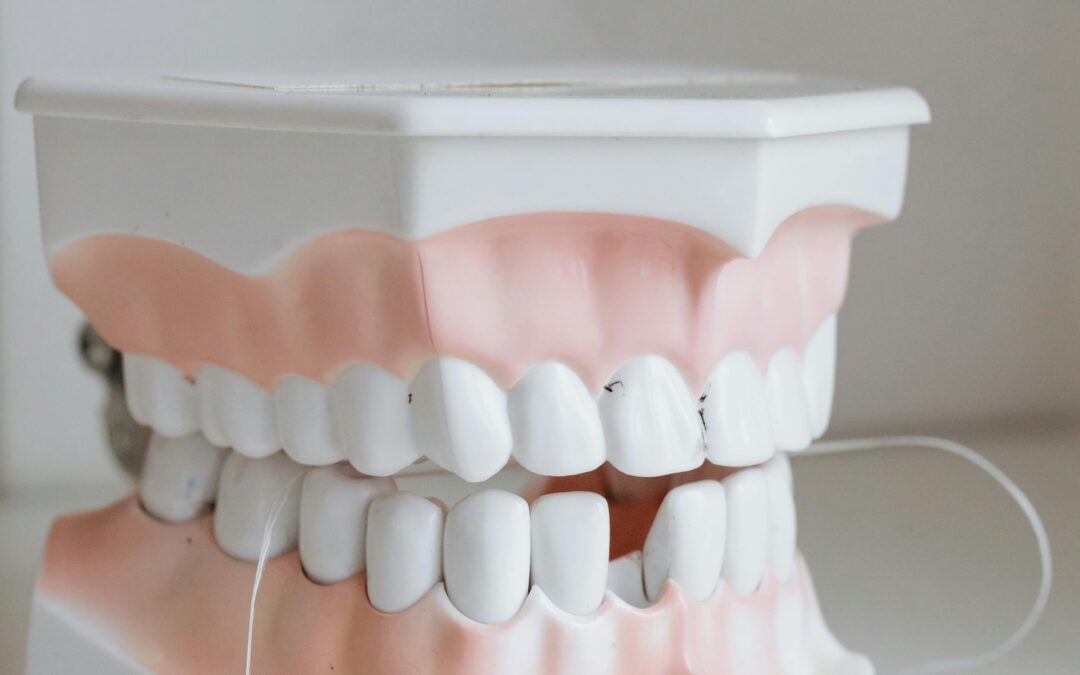Invisalign has revolutionised orthodontic treatment, offering a discreet and effective solution for straightening teeth. However, despite its popularity, several misconceptions about Invisalign persist. In this article, we aim to debunk these myths and provide clarity about the realities of using Invisalign.
Myth 1: Invisalign is Only for Minor Dental Issues
Fact: While Invisalign is effective for mild to moderate cases of misalignment, it can also address more complex orthodontic issues such as overbites, underbites, and crowded teeth. Invisalign treatment plans are customised to each individual’s specific needs, making it a versatile option for a wide range of dental concerns.
Myth 2: Invisalign aligners are uncomfortable to wear.
Fact: While it’s true that there may be some discomfort initially as you adjust to wearing the aligners, most patients find Invisalign to be more comfortable than traditional braces. Invisalign aligners are custom-made to fit your teeth snugly, and they are made from smooth, BPA-free plastic, reducing the likelihood of irritation to the gums and cheeks. While some patients may experience mild discomfort or pressure when switching to a new set of aligners, this typically subsides within a few days as the teeth adjust to the new positioning.
Myth 3: Invisalign Takes Longer Than Braces
Fact: The duration of Invisalign treatment varies depending on the complexity of the case, but in many instances, it can be completed in a similar timeframe to traditional braces. In fact, some patients may see results even faster with Invisalign due to the precision of the treatment plan and the ability to predict tooth movement. With Invisalign, patients can often achieve the desired results in as little as 6 to 18 months.
Myth 4: Invisalign doesn’t work as well as traditional braces.
Fact: Invisalign aligners are designed using advanced 3D imaging technology to ensure a precise and customised fit. When worn as directed, Invisalign is just as effective as traditional braces in achieving the desired results. Many patients find Invisalign more comfortable, convenient, and aesthetically pleasing than traditional braces.
Myth 5: You Can’t Eat or Drink with Invisalign
Fact: One of the primary advantages of Invisalign is that the aligners are removable, allowing you to eat and drink without restrictions. However, it’s important to remove the aligners before consuming anything other than water to avoid staining or damaging the aligners. After eating or drinking, simply brush your teeth before reinserting the aligners.
Myth 6: Invisalign is Expensive
Fact: While the cost of Invisalign treatment may vary depending on factors such as the complexity of the case and the length of treatment, it is often comparable to the cost of traditional braces. Additionally, many dental insurance plans offer coverage for orthodontic treatment, including Invisalign, making it more affordable for patients.
Myth 7: Invisalign treatment is only for adults.
Fact: Invisalign is suitable for both teenagers and adults. Invisalign Teen is specifically designed to address the unique orthodontic needs of teenagers. It features compliance indicators that fade with wear time and includes replacement aligners in case any are lost.
Myth 8: Invisalign is noticeable and affects your appearance.
Fact: One of the main advantages of Invisalign is its near invisibility. The aligners are made from a clear, transparent material, making them virtually invisible when worn. Unlike traditional braces, Invisalign allows you to straighten your teeth discreetly, without drawing attention to your orthodontic treatment.
Myth 9: Invisalign requires frequent visits to the orthodontist.
Fact: Invisalign treatment typically requires fewer orthodontic visits compared to traditional braces. After the initial consultation and fitting, patients receive several sets of aligners to wear at home. They only need to visit their orthodontist periodically to monitor progress, usually every 6-8 weeks.
Myth 10: Invisalign is only for cosmetic purposes.
Fact: While Invisalign does improve the appearance of your smile, it also offers numerous health benefits. Straighter teeth are easier to clean, reducing the risk of gum disease and tooth decay. Properly aligned teeth also contribute to improved overall oral health and function.
In conclusion, Invisalign aligners are a highly effective, comfortable, and discreet way to straighten teeth. By dispelling these common myths, we hope to provide clarity about the realities of using Invisalign and encourage those considering orthodontic treatment to explore this innovative option. If you’re interested in Invisalign, schedule a consultation with an orthodontist to discuss whether it’s the right choice for you.






